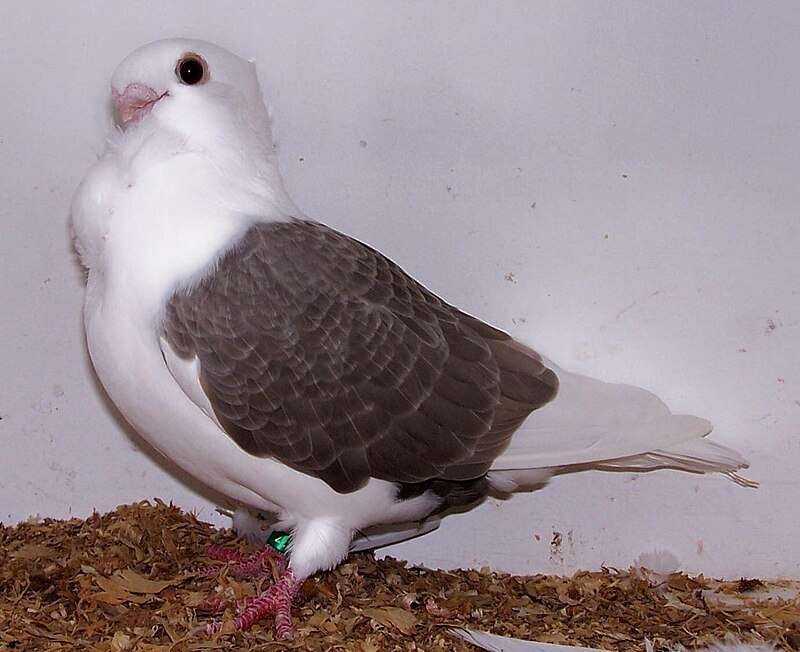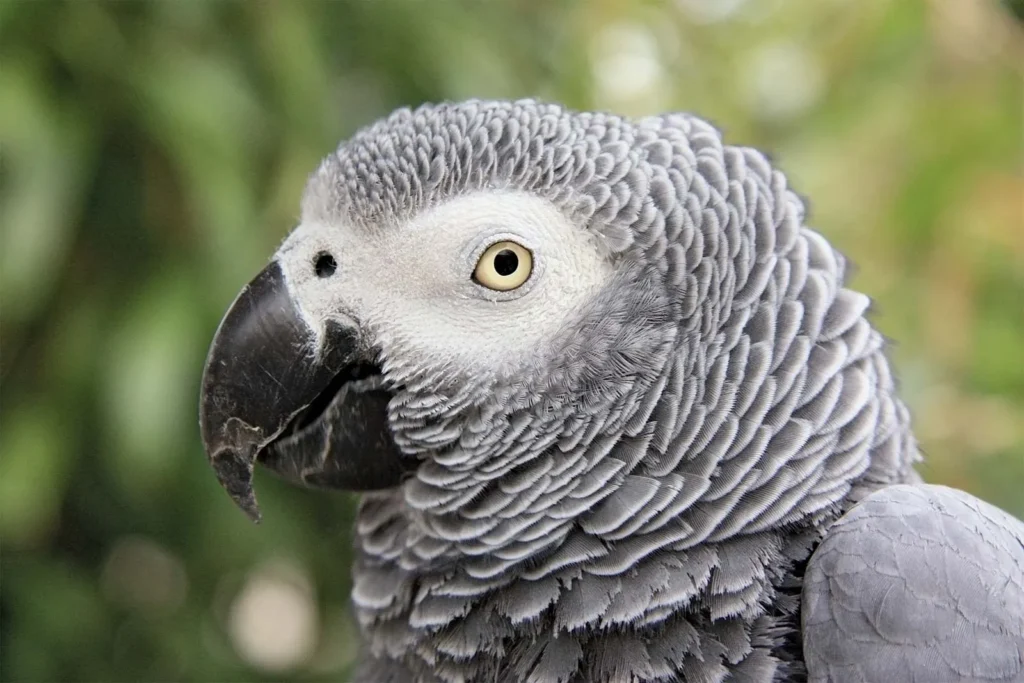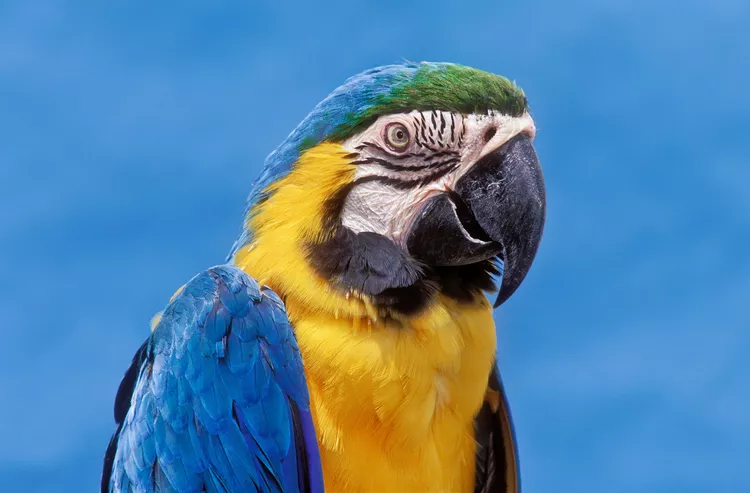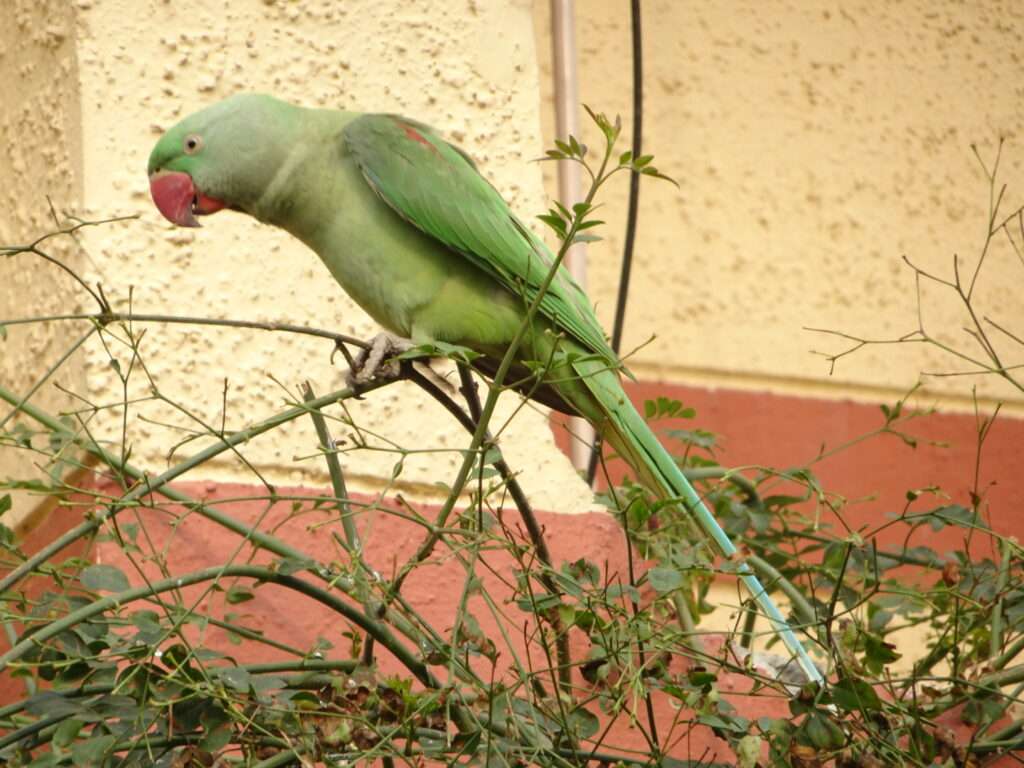
Description
Lifespan: 6-15 years
The Turbit Pigeon is renowned for its small size and beautiful, erect gait. It is a tiny to medium-sized bird, which can be recognized by the distinctive traits mentioned above. Compared to the typical common pigeon, it is smaller. Its body or physical makeup is delicate in compared to its enormous head.
The skull also has a decent frontal and is rather broad. Before the current Turbit head was decided upon, there was much discussion and testing during the breeding period. Turbits have white bodies and colored wings. The colour combinations of blue, mealy, black, yellow, red, silver, dun, and cream are also offered.
Origin/ Habitat
The Turbit pigeon is thought to have originated in the United Kingdom in its present standard form. The Turbit is generally believed to be the offspring of various varieties of Anatolian Owl and Show Antwerp. Although precise dates have not been established, it is generally accepted that the Turbit has existed since the 17th or 18th century.
The United Kingdom and other countries in continental Europe have the largest populations of Turbit Pigeons. But it also has a flourishing population among bird enthusiasts around the world, especially in nations like the United States, which even has a national Turbit Pigeon Club. There is a Turbit club even in Australia. They thrive best in the United Kingdom, which has a climate similar to that of their home country.

Behavior
Turbits have a steady, affable, and pleasant temperament by nature, which makes it simple to teach and care for them as pets. They also exhibit a level of intelligence that is lacking in many birds their size.
As Pet
Pigeons must always be kept in groups and never in solitary confinement because they are social animals. The loft needs to be spotless, open, and provide enough room and branches for the pigeons to fly around and perch. They must be given access to fresh water and food on a regular basis. Pigeons generally enjoy being handled. So, in order for a strong tie to form between you two, you both need to exhibit enough love and affection. The loft needs to be fresh, open, and dry because moisture encourages the growth of the virus. The Turbits may become ill as a result of this infection. The pigeons’ droppings should be routinely removed from the loft. Any sick pigeon should be taken care of till well and removed from the area right away.
A Turbit Pigeon’s diet is similar to that of a regular pigeon. They eat a variety of seeds, cereals, grains, and nuts as part of their daily diet. The premix can be purchased or mixed on your own. Turbits occasionally appreciate sweets like bananas, popcorn, etc. You can use a pigeon conditioner if you are breeding Turbits for flying competitions. It aids in the Turbits’ top physical condition. They also need a steady supply of fresh water.
Table





